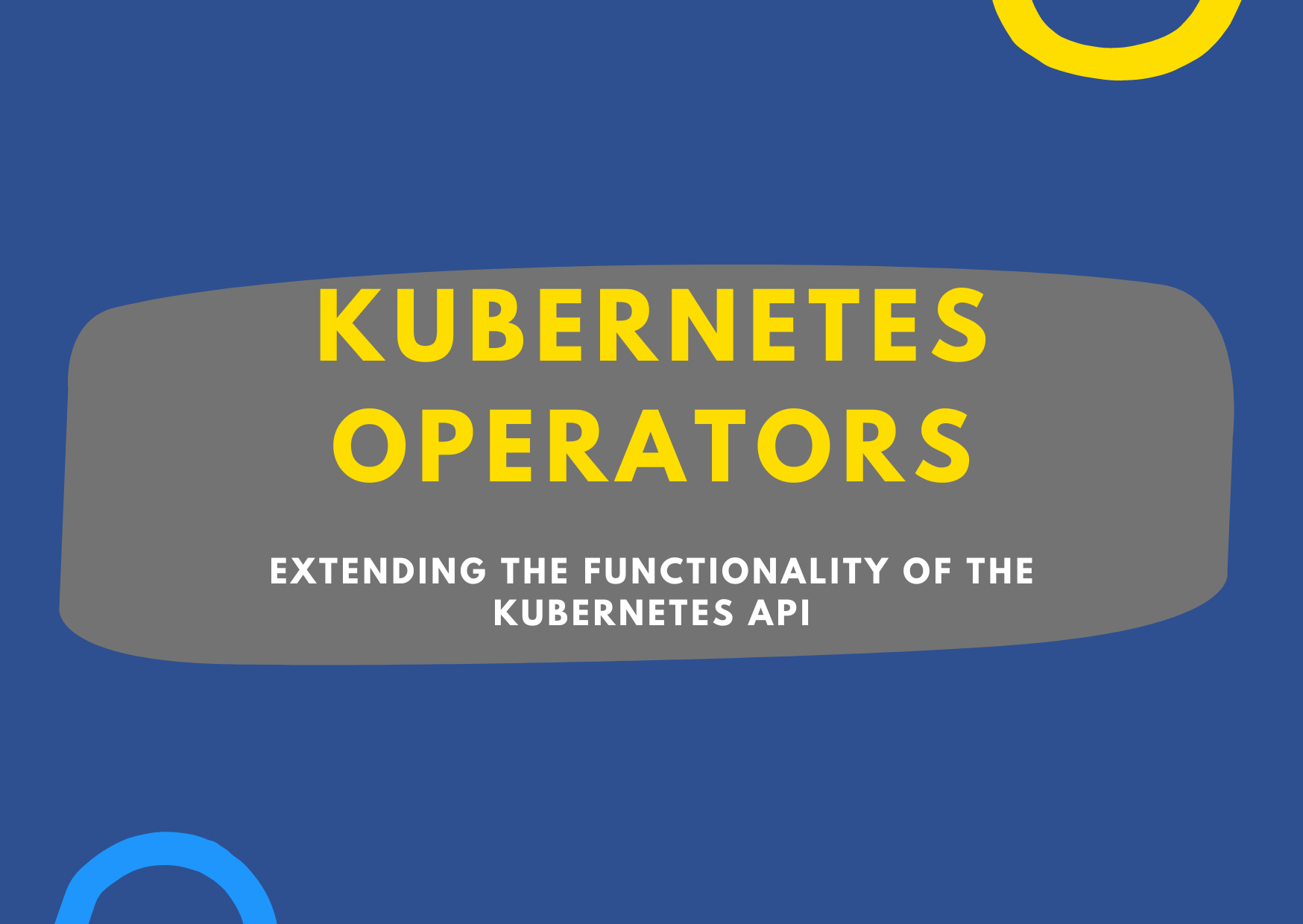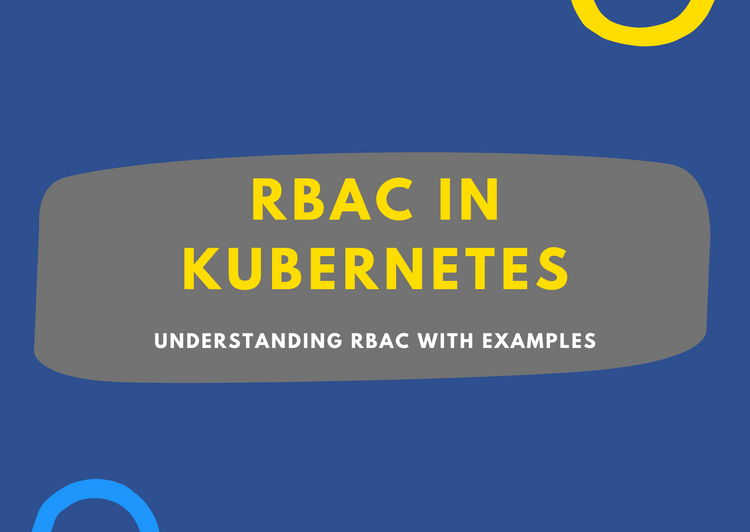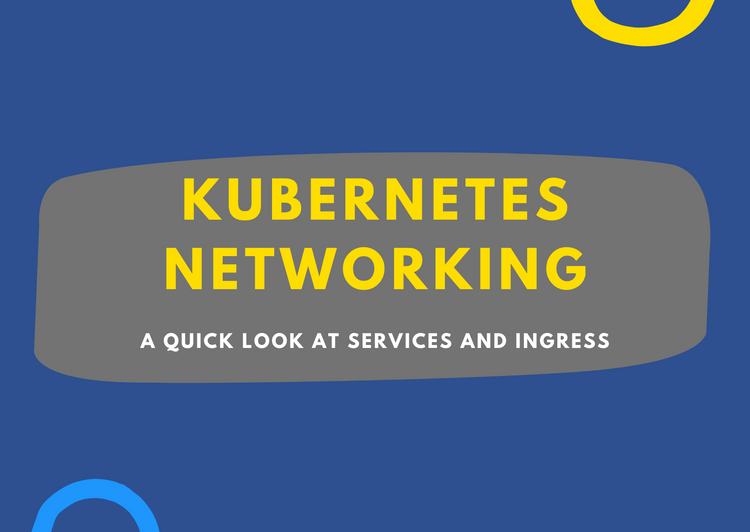Kubernetes Operators: Extending the Kubernetes API for Enhanced Application Management

Introduction
In the world of Kubernetes, Operators have emerged as a significant pattern for managing complex applications. These Kubernetes-native applications encapsulate the operational knowledge of running and scaling a particular software into a reusable and automated API. But how exactly do they work? This post will delve into what Kubernetes Operators are, how they extend the Kubernetes API using Custom Resource Definitions (CRDs), and their role in Day 2 operations.
What Are Kubernetes Operators?
Operators in Kubernetes are designed to handle the sort of work a human operator would do for deploying and maintaining complex, stateful applications. They combine custom resources with custom controllers to manage applications and their components. This allows you to define domain-specific knowledge and behavior in code that Kubernetes can understand and automate.
Kubernetes Operators extend the functionality of the Kubernetes API through the use of Custom Resource Definitions (CRDs). CRDs serve as an extension of the Kubernetes API that allows developers to create and manage custom resources, beyond the ones provided out-of-the-box by Kubernetes. These custom resources are then managed by the Kubernetes control plane just like built-in resources such as Pods or Services.
The real power of CRDs comes into play when they are coupled with custom controllers, the operational logic of an Operator. With a CRD, you define the "what" -- the desired state of the system in terms of your custom resources. The custom controller then determines the "how" -- the actions to be taken to achieve the desired state. This combination of custom resources and controllers forms the backbone of a Kubernetes Operator.
For example, imagine creating a CRD for a database cluster resource type. With this new custom resource, you can use the Kubernetes API to create, view, and delete database clusters. The Operator's custom controller, equipped with domain-specific knowledge of how to manage a database cluster, watches for changes to these custom resources and takes appropriate actions, like creating or deleting database instances, to match the desired state.
Prerequisites and Requirements
Before diving into using operators, there are a few prerequisites and requirements:
- A running Kubernetes cluster
- Basic understanding of Kubernetes resources
- Access to the kubectl tool for interacting with the cluster
Functions of Operators
Basic Functions
The basic functions performed by an operator include:
- Deployment: Operators ensure that the desired number of application instances are running at any given time. If an application crashes or stops, the operator will automatically start a new instance.
- Scaling: Operators can automatically scale up or down the number of application instances based on CPU usage or other defined metrics.
Advanced Functions
On top of the basic functions, operators can also perform more advanced tasks such as:
- Upgrades: Operators can handle the upgrade process of your applications without any downtime.
- Monitoring: Operators can monitor your applications and alert you if anything goes wrong.
Challenges and Solutions
Despite the numerous advantages, Kubernetes operators may face several challenges:
- Complexity: Operators can be complex to write and maintain. However, using Operator SDKs can greatly simplify this process.
- Security: Operators have high-level access to Kubernetes, which could pose security risks. It's important to implement proper role-based access control (RBAC) for your operators.
Creating a CustomResourceDefinition
To illustrate, let's say we create a certain CustomResourceDefinition and save it to resourcedefinition.yaml.
When we run kubectl apply -f resourcedefinition.yaml, a new namespaced RESTful API endpoint is created. This endpoint URL can then be used to create and manage custom objects.
The kind of these objects will be derived from the spec of the CustomResourceDefinition object created.
After the CRD object has been created, you can create custom objects. These custom objects can contain custom fields, which can contain arbitrary JSON. This allows the definition of the structure of the Custom Resources that the Operator will manage.
Kubernetes Operators in Day 2 Operations
When it comes to Day 2 operations - tasks related to the ongoing operations, maintenance, and troubleshooting of an application - Kubernetes Operators play an invaluable role. For instance, when a CustomResourceDefinition is deleted, the server uninstalls the RESTful API endpoint and deletes all custom objects stored in it.
Defining the Structure of Custom Objects
Custom Resources store structured data in custom fields, alongside built-in fields like `apiVersion`, `kind`, and `metadata`. With OpenAPI v3.0 validation, a schema can be specified which is validated during creation and updates. This gives you control over the data structure of your custom objects, ensuring they adhere to the intended format.
How operators manage Kubernetes applications
Kubernetes Operators are designed to automate the management of complex, stateful applications within a Kubernetes environment. Here's how it works:
Custom Resource Definitions (CRDs): Operators extend the Kubernetes API through the use of CRDs. A CRD allows you to define a new custom resource type (like a database, a cache, a queue, etc.) that the Operator will manage. This custom resource represents a desired application state in the Kubernetes API.
Controllers: Once the CRD is defined, the Operator employs a custom controller that watches for changes in instances of the custom resource. The controller is responsible for maintaining the desired state of the custom resource. It constantly compares the desired state (as specified by the user in the custom resource) with the current state of the system, and takes actions to reconcile any differences.
Domain-Specific Knowledge: The Operator's controller is programmed with domain-specific knowledge about the application it manages. For example, an Operator designed to manage a database system knows how to perform tasks like failover, backup, restore, and scale operations, and can respond appropriately to different conditions in the application's lifecycle.
Automated Management: The Operator continuously runs reconciliation logic to align the current state of the application with the desired state. It can manage updates to the application, automatically scale the application based on demand, recover from failures, and more. This automation helps reduce the complexity of managing applications in Kubernetes and minimizes the risk of human error.
Lifecycle Management: Kubernetes Operators can also manage the entire lifecycle of an application. From deployment to updates, backup, recovery, scaling, and finally deletion, an Operator can be designed to handle all these aspects, providing a consistent and repeatable way of managing applications.
Conclusion
Kubernetes Operators are a powerful way of managing complex, stateful applications in Kubernetes environments. Extending the Kubernetes API with CustomResourceDefinitions provides a robust and scalable way to automate the management of your applications. Whether you are just starting with Kubernetes or are an experienced user, Operators can greatly enhance your application management capabilities.


Comments ()